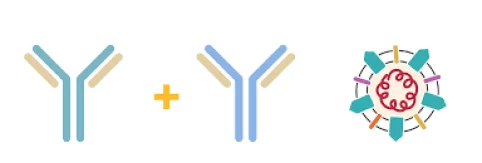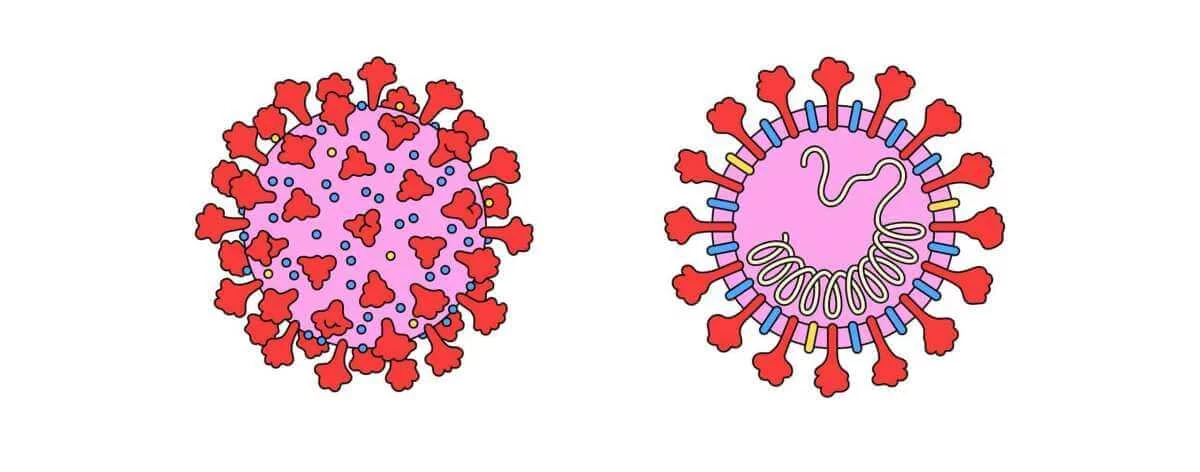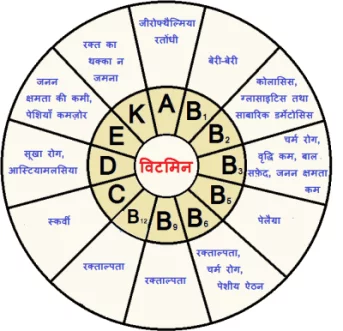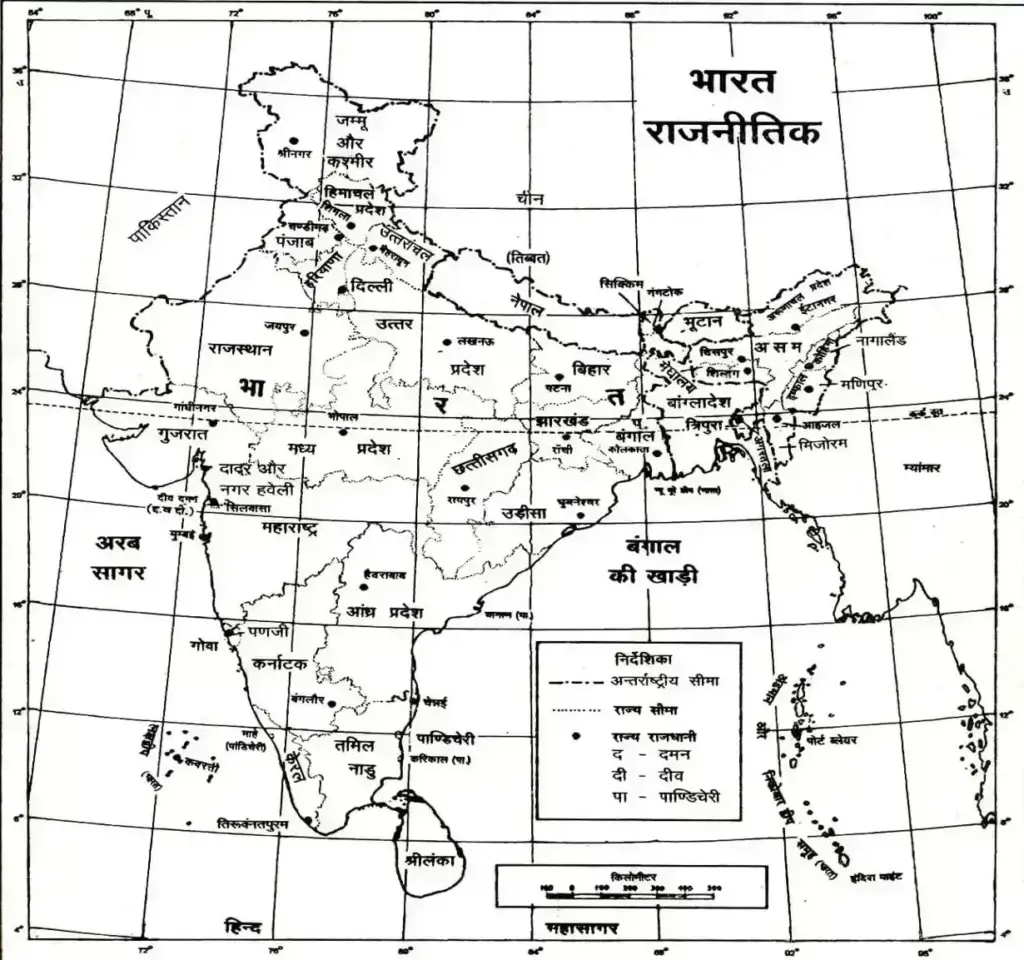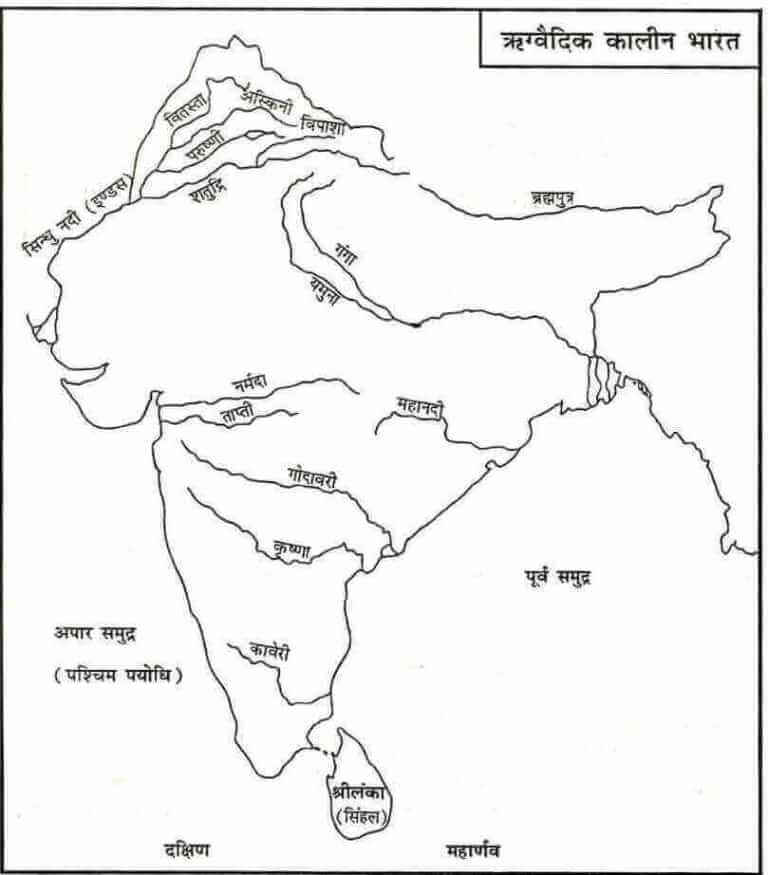Bacteria Structure | Bacteria Cell Diagram | Bacteria Disease | Bacteria Infection
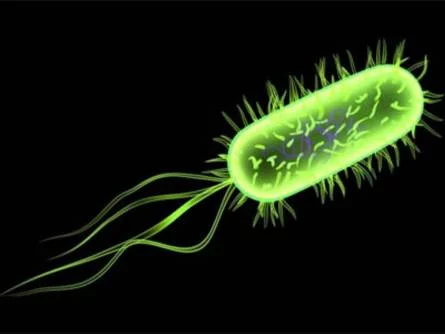
BACTERIA ‘ Was Discovered In 1683 AD By Antoine Von Leeuwenhoek And The Name Bacterium – BACTERIA Was Named By Ehrenberg In 1829 AD.
Robert Koch (1843–1910 AD) Propounded The Germ Theory And Discovered The Bacteria Of Cholera And Tuberculosis.
The Pasteurization Of Milk And The Rabies Vaccine Were Discovered By Louis Pasteur (1812–92 AD) .
There Are Many Different Types Of Bacteria.
Some Bacteria – BACTERIA Are Rod-Shaped Or Cylindrical (Bacillus) In Shape . Smallest Bacteria Have A Spherical Shape (Cocus)
Some Bacteria Are Shaped Like A Comma ( , ). Example- Vibrio Cholerae.
Some Bacteria Are Spiral, Spring Or Screw Shaped.
Free-Living Soil-Dwelling Bacteria Azotobacter, Azospirillum And Clostidium Perform Nitrogen Fixation In The Air Between Soil Particles.
Nitrogen-Fixation In The Atmosphere Is Done By Cyano-Bacteria Called Anabaena And Nostoc.
The Work Of Nitrogen-Fixation In The Roots Of Pea Plants Is Done By The Bacteria Called Syzobium And Bradyrhizobium Living In Their Roots. In Order To Preserve The Milk For A Long Time, It Is Necessary To ‘Pasteurize’ It.
In Leather Industry, The Removal Of Hair And Fat From Leather Is Done By Bacteria. This Is Called Tanning .
Curcular DNA Is Found In Bacterial Cells . Those Substances Which Are Produced By Micro- Organisms And Destroy The Micro-Organisms Are Called Antibiotics.
The Term Antibiotic Was First Used By Selman Waxman.
How are viruses different from bacteria apex
- In comparison to cells, viruses are much tiny.
- They cannot reproduce on their own, unlike bacteria, and require a host like a person or animal.
- By invading and growing inside the body’s healthy cells, viruses spread diseases.
- What distinguishes these two categories of microbes is that single cells called bacteria are able to reproduce and spread infections.
- Since they require a host cell to proliferate, viruses are significantly smaller than bacteria.
- While bacteria can infect both living and non-living objects, such as soil and water, viruses can only affect live cells.
- A virus cannot survive outside of its host’s cells, where it can develop and spread.
- The single-celled organisms known as bacteria, on the other hand, are able to reproduce on their own and can manufacture their own energy.
- Although they can both spread disease, bacteria also play other important and beneficial roles in nature.
What is Bacteria Cell
BACTERIA ‘ Was Discovered In 1683 AD By Antoine Von Leeuwenhoek And The Name Bacterium – BACTERIA Was Named By Ehrenberg In 1829 AD.


